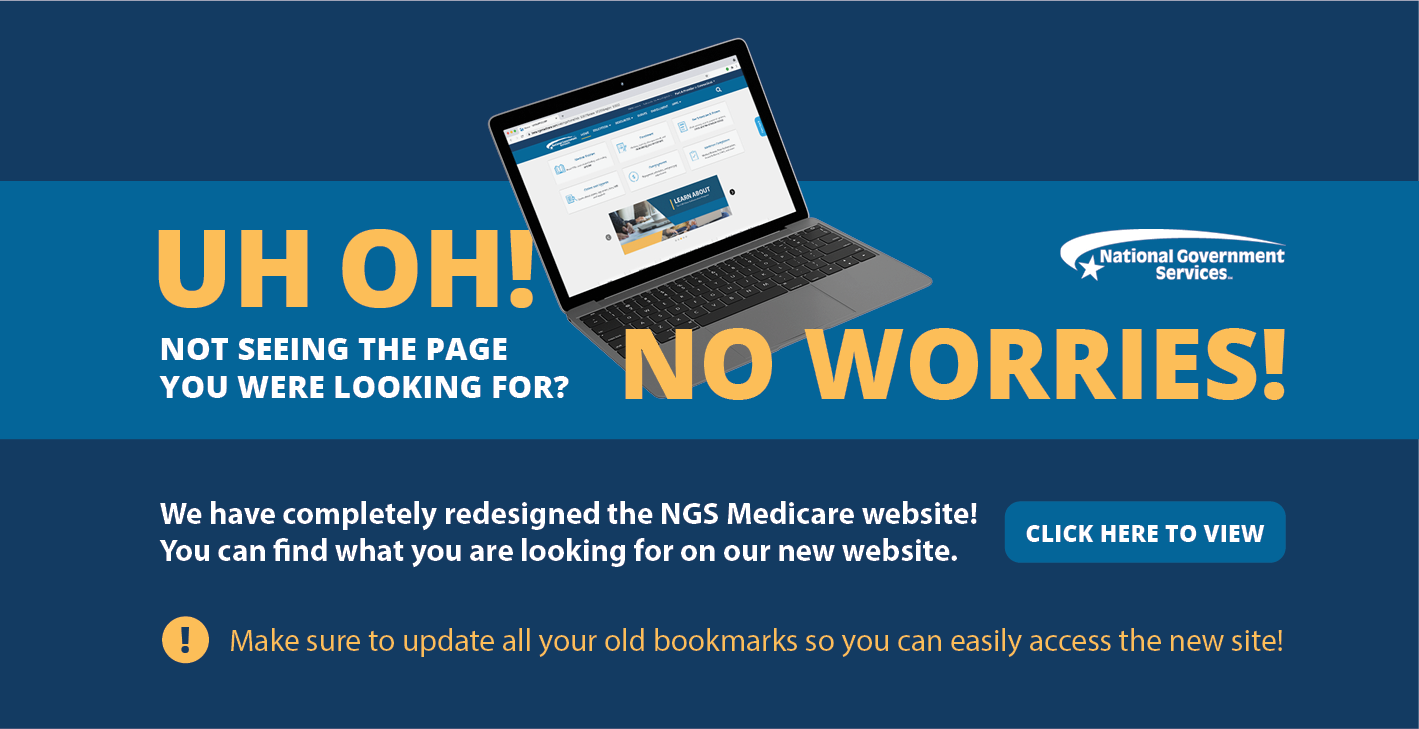
How to Update Your Bookmarks:
Although our new website address is still www.ngsmedicare.com, your old bookmarks will no longer work on our new website. You’ll need to delete your old bookmarks and create new ones. You can create new bookmarks by doing the following:
Browser(s) |
Create a Bookmark |
|---|---|
|
|
|
|